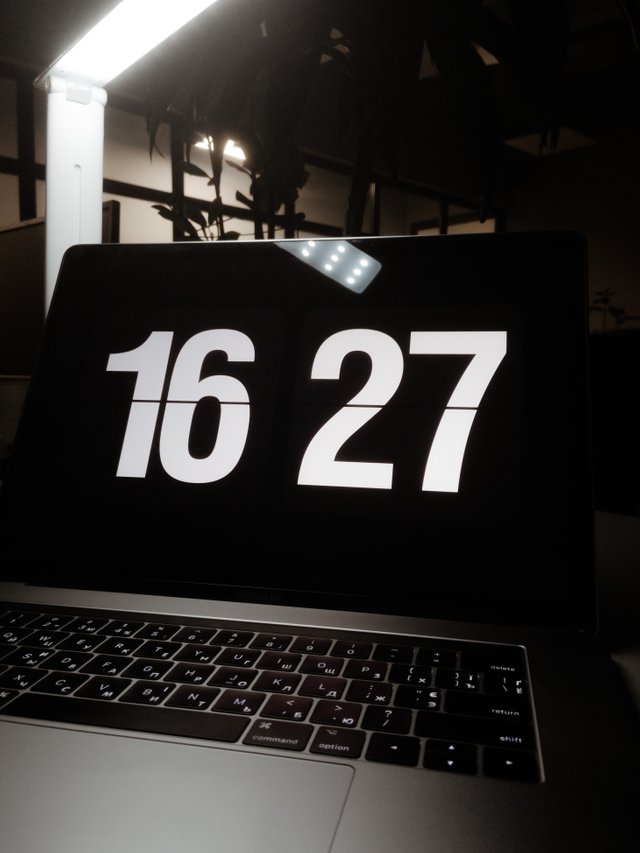
(Photo by Eugene Chystiakov on Unsplash)
Because days are inexplicably becoming longer, we might need the unprecedented negative leap second, but it could break the internet.
Keeping our calendars in sync with the Earth has always been problematic. Any system we create, inevitably needs to be periodically adjusted to lineup with reality. The old Julian calendar needed an extra month added when Roman priests thought necessary. The Gregorian calendar, which is used today by most of the world, needs a day added every four years, though 3 of these leap days are omitted every 400 year leap cycle. The Islamic calendar depends on the lunar cycle and is tweaked as needed. Virtually all cultures have devised systems to ensure their calendars line up with the seasons, more specifically the equinoxes.
But as technology advanced and precision became more important, we realized we needed a leap second too. The day is almost never exactly 86,400 seconds. Due to tidal friction with the Moon’s gravitational pull, geological events that shift the Earth’s mass distribution like melting ice caps or earthquakes, and the planet’s natural cycles like Milankovitch cycles or precession, days are rarely the same length. Because of this, the International Earth Rotation and Reference Systems Service decides to add a second to the Coordinated Universal Time (UTC) clock as needed. Since the leap second was proposed in 1972, only 27 have been added.
However, leap seconds are problematic for computers. When one is added, their timestamps must be tweaked from 23:59:59 –> 00:00:00 to 23:59:59 –> 23:59:60 –> 00:00:00, and not all systems can handle this. The creator of Linux said, “Almost every time we have a leap second, we find something. It’s really annoying, because it’s a classic case of code that is basically never run, and thus not tested by users under their normal conditions.” Engineers at Meta, the company that owns Facebook and Instagram, claimed that leap seconds can actually cause a negative time event, which could easily crash programs and servers. They also explained that each time a leap second is added it’s been “devastating for the community.” For example, when a leap second was added in 2012, Reddit’s servers crashed for at least 30 minutes because the Linux subsystem called “hrtimer” got confused. Other companies like Gawker and Mozilla were also affected, and in 2009, Sun Microsystems and Oracle had serious problems.
To mitigate potential problems, many companies now use a “leap smear,” which is basically adding the new leap second over many hours, instead of all at once. By slowing down their systems’ internal clocks, they can adjust to the new time slowly, without creating any awkward timestamps or negative time events. However, this doesn’t always work or may not be possible with some systems, and some industry leaders fear the next possible leap second on June 30, 2023 might do more harm than good, leading to a growing chorus to do away with the leap second all together.
To make the situation worse, for the first time, some experts have suggested adding a negative leap second to compensate for days mysteriously becoming longer. When we filter out all the known phenomena that affect the length of a day, we’re left with no clear explanation for why the average day has been increasing since 2020. Some ideas are that it’s caused by melting icecaps, La Nina events, volcanic activity, or a 430 day cycle called the Chandler Wobble. Regardless of the cause, our clocks might soon be off enough to warrant a negative leap second, forcing tech companies to slow their internal clocks. According to Google, “A negative leap second, if one were ever to occur, would be smeared by speeding up clocks over the 86,399 SI seconds from noon to noon.”
While subtracting only one second might not seem like a big problem, some high profile people have spoken out against it, saying it could screwup the internet. Meta said that “The impact of a negative leap second has never been tested on a large scale; it could have a devastating effect on the software relying on timers or schedulers.” If positive leap seconds are already problematic after having happening numerous times, being announced 6 months in advance, and having major tech companies do their best to anticipate and mitigate errors, then a negative leap second is sure to cause even more problems, as it’s never happened before. There’s no way to anticipate the effects, with some comparing it to the T2K bug that threatened to shut down modern society when the clocks rolled over at the turn of the century, although very little actually happened.
Nobody knows when or if the first negative leap second will be implemented. It’s possible the movement to stop leap seconds, both positive and negative, might succeed, in favor of leap minutes or even leap hours, as these would happen much less often. Or maybe it will be implemented in the next year or two and be uneventful. But if the history of leap seconds has taught us anything, it could break the internet.
Originally published at http://thehappyneuron.com on August 20, 2022.